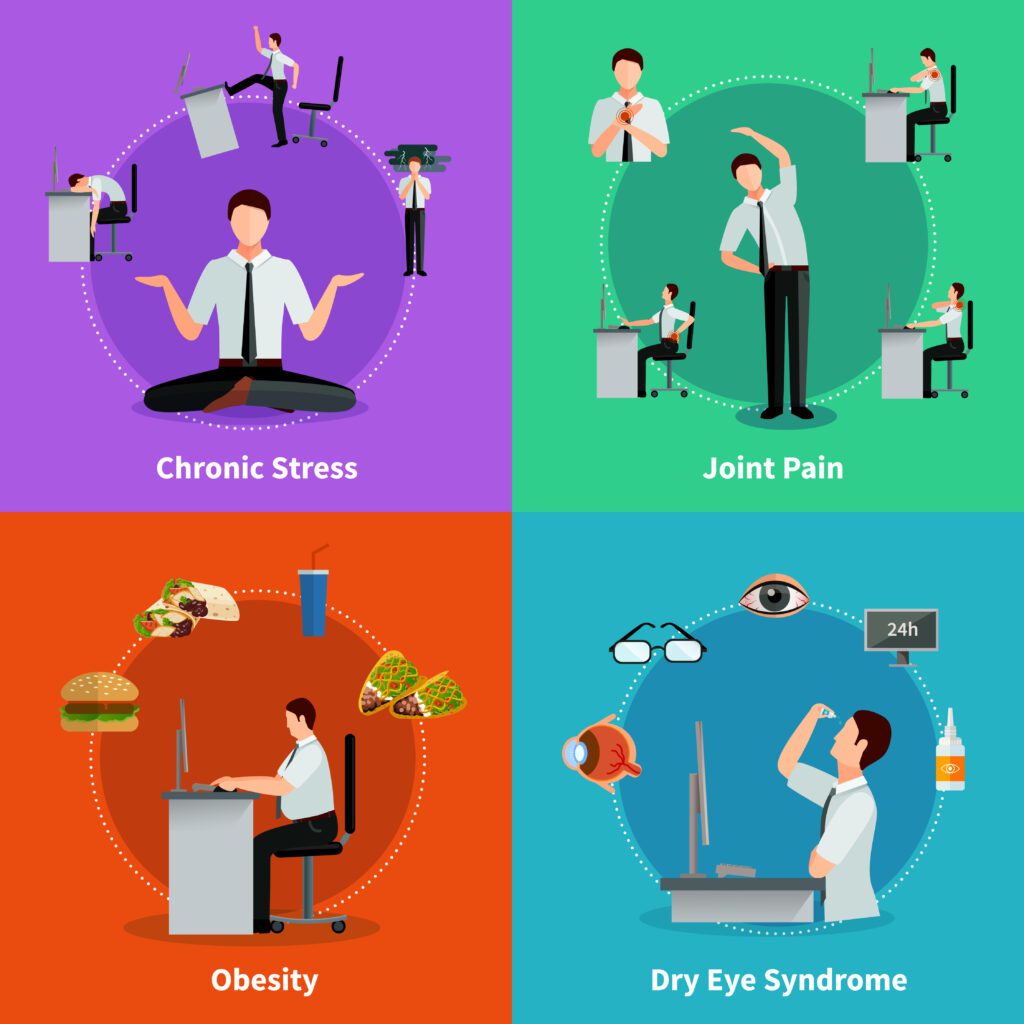Pressure is a physical quantity that measures the force exerted per unit area on a surface. It is a fundamental concept in physics and plays a crucial role in various scientific and engineering applications. The specification of pressure includes the following key aspects:
Definition
Pressure is defined as the force applied perpendicular to the surface of an object divided by the area over which the force is distributed. Mathematically, pressure (P) is expressed as:
P = Force (F) / Area (A)
The standard unit of pressure in the International System of Units (SI) is the Pascal (Pa), which is equal to one Newton per square meter (N/m²).
Types of Pressure
There are various types of pressure, depending on the context and application. Some common types include:
- Atmospheric Pressure: The pressure exerted by the Earth’s atmosphere at a particular location. Standard atmospheric pressure at sea level is approximately 101.3 kPa.
- Gauge Pressure: The pressure measured relative to atmospheric pressure. It can be positive or negative.
- Absolute Pressure: The total pressure, including atmospheric pressure as a reference, measured relative to a perfect vacuum.
- Differential Pressure: The difference in pressure between two points in a fluid or gas system.

Examples of Pressure
Here are some examples of pressure that individuals may encounter in everyday life:
- Workplace Pressure: Meeting deadlines, handling workload, and managing work-related stress.
- Academic Pressure: Studying for exams, completing assignments, and striving for academic success.
- Financial Pressure: Managing budgets, paying bills, and dealing with financial responsibilities.
- Social Pressure: Striving to fit in, meet social expectations, and maintain relationships.
- Family Pressure: Balancing family obligations, expectations, and responsibilities.
- Peer Pressure: Feeling influenced to conform to the actions or behaviors of peers.
- Time Pressure: Juggling multiple tasks and trying to manage time effectively.
- Health Pressure: Taking care of one’s physical and mental health, dealing with illness or chronic conditions.
- Career Pressure: Navigating career choices, seeking job opportunities, and career advancement.
- Technology Pressure: Keeping up with rapidly changing technology and digital demands.
- Environmental Pressure: Recognizing the need for sustainable practices and environmental responsibility.
- Personal Development Pressure: Striving for personal growth, setting goals, and overcoming challenges.
- Decision-Making Pressure: Making important life choices and facing the consequences of those decisions.
- Performance Pressure: Facing expectations in sports, arts, or other activities.
- Cultural Pressure: Dealing with societal norms and cultural expectations.
- Media Pressure: Managing the influence of media messages and societal beauty standards.
- Safety Pressure: Ensuring personal safety and the safety of loved ones.
- Communication Pressure: Navigating effective communication and expressing oneself clearly.
- Conflict Pressure: Dealing with conflicts in relationships or social settings.
- Expectation Pressure: Managing expectations from self and others.
Pressure is a natural part of life, and how individuals cope with it can vary. It is essential to find healthy ways to manage and navigate these pressures to maintain overall well-being and balance in life.

